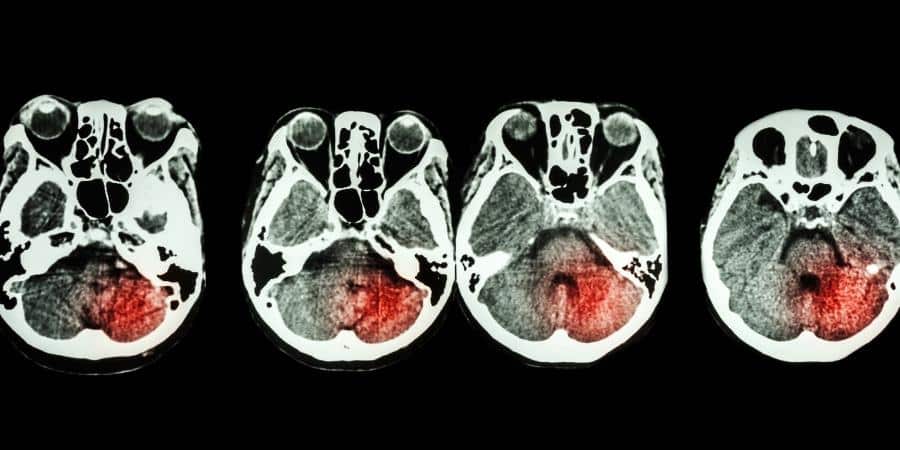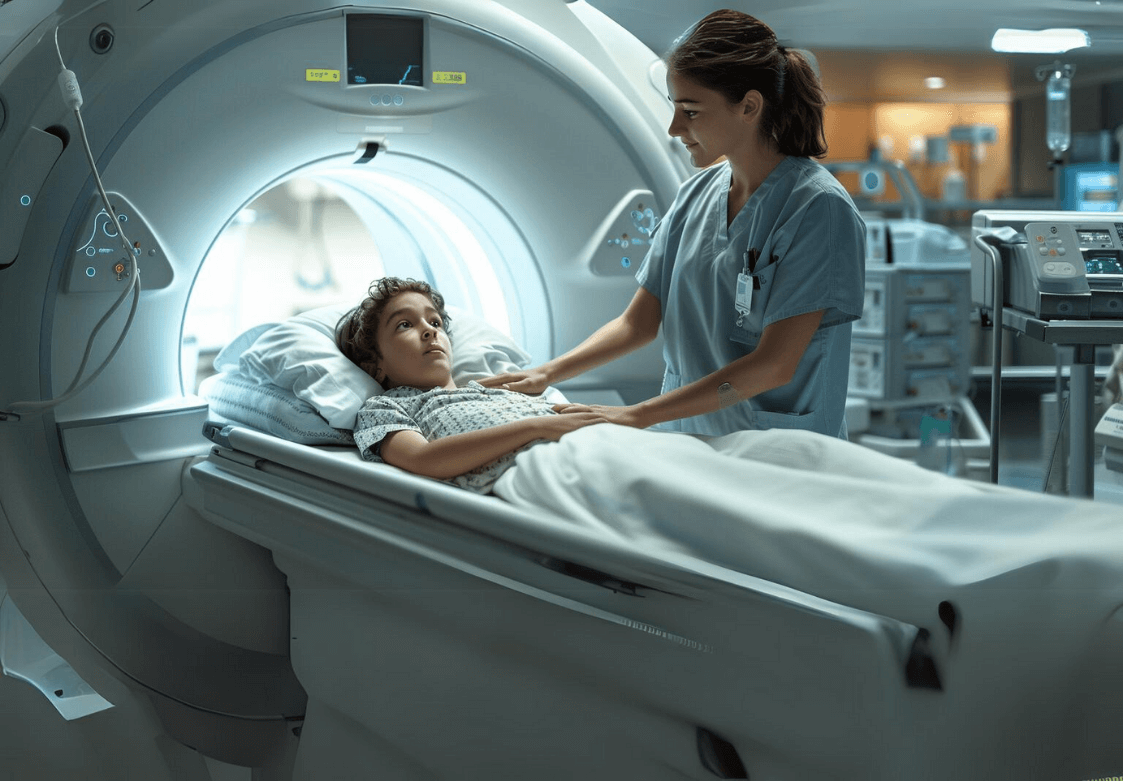There are three main types of stroke:
- Ischemic Stroke – This is the most common type. Ischemic strokes are caused by a blockage, usually from a blood clot, that blocks oxygen flow to the brain.
- Hemorrhagic Stroke – This type occurs when there is a ruptured blood vessel in the brain. They are most often caused by aneurysms and arteriovenous malformations (AVMs).
- TIA (Transient Ischemic Attack) – Also known as a “mini-stroke,” TIAs are caused by a temporary blockage by a blood clot and are taken as a very serious warning sign.
Knowing the signs and symptoms of stroke can help save lives. By using the acronym FAST, you can spot the symptoms of a stroke and take action quickly:
Face Drooping – During a stroke, one side of the face may droop, or feel numb. The person’s smile may look uneven or lopsided.
Arm Weakness – One arm may feel numb, weak, or even be paralyzed. Ask the person to raise both arms. Does one arm drop?
Speech – A person having a stroke may experience confusion or slurred speech, making them difficult to understand.
Time to Call an Ambulance – If you spot any of these telltale signs of a stroke, don’t delay. Call for an ambulance immediately.
Knowing the signs and symptoms of stroke can help save lives. By using the acronym FAST, you can spot the symptoms of a stroke and take action quickly:
- Face Drooping – During a stroke, one side of the face may droop, or feel numb. The person’s smile may look uneven or lopsided.
- Arm Weakness – One arm may feel numb, weak, or even be paralyzed. Ask the person to raise both arms. Does one arm drop?
- Speech – A person having a stroke may experience confusion or slurred speech, making them difficult to understand.
- Time to Call an Ambulance – If you spot any of these telltale signs of a stroke, don’t delay. Call for an ambulance immediately.
Other symptoms:
- Numbness
- Confusion
- Vision problems
- Trouble walking
- Headache
- Nausea
- Loss of bladder or bowel control
- Loss of balance
It is important to be prepared for medical emergencies so that you can act fast during a life-threatening event. Here’s what you should do if you witness someone having a stroke:
- Call an ambulance. Since it can sometimes take a while for the ambulance to get to you, calling is the first thing that should be done. If there are two or more people witnessing the event, one should call while the other attends to the person having the stroke.
- Check the time. Take note of the time at which you first noticed symptoms. This is vital information for medical professionals to have when treating a patient with a stroke.
- Make sure they’re in a safe position. Gently lay the person down away from furniture to keep them out of harm’s way.
- Perform CPR if necessary. Usually, CPR is not necessary for stroke patients, but if the person loses consciousness and there is no pulse or breathing, perform CPR while you wait for the ambulance to arrive.
- Observe and report. Check for any changes in the person’s condition and be sure to report to emergency care services any information that you think may be significant, such as a fall.
Stroke is, unfortunately, more common than you may think. Knowing what to do as soon as you observe and recognize the signs can be the difference between life and death, so get to know these facts and act fast.




